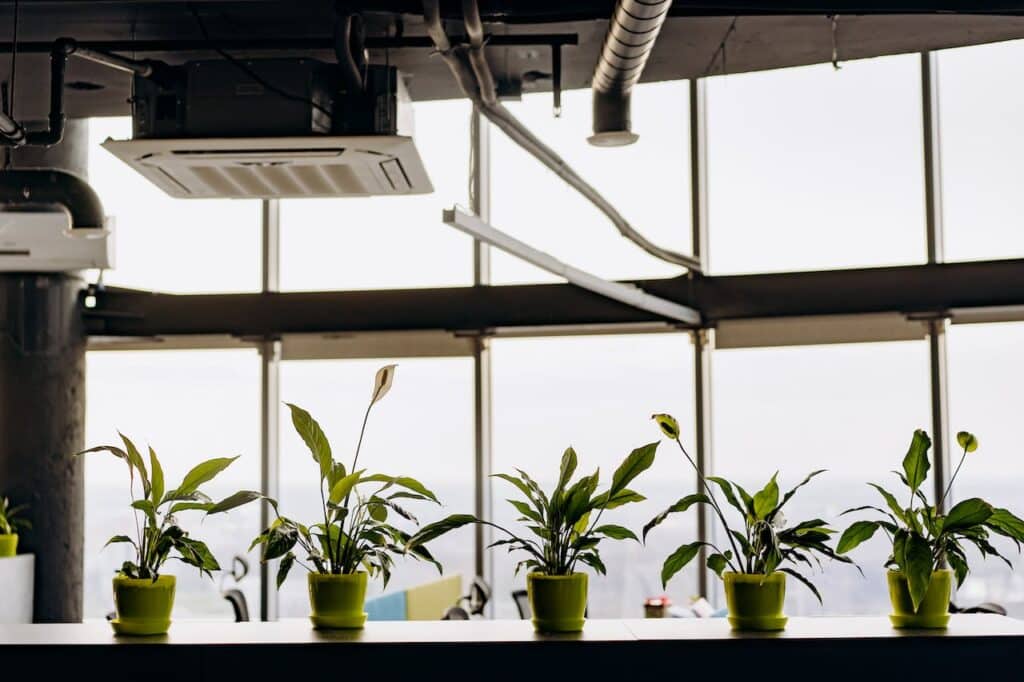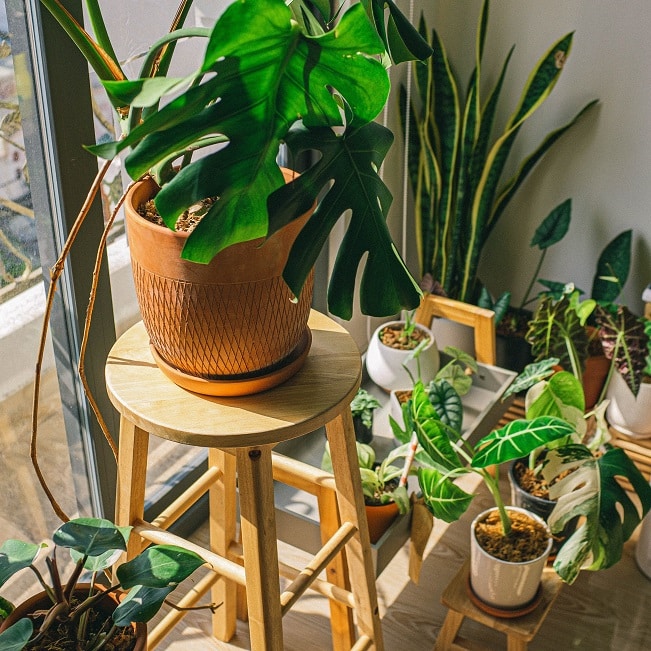Discover the causes and solutions for yellow and brown spots on leaves. Our expert advice helps you diagnose plant issues, offering practical tips for a healthy, vibrant garden. Explore comprehensive guides and remedies for common leaf discoloration problems
In this article, we will explore how to identify and effectively treatyellow and brown spots on leaves. Whether you are an avid gardener or someone who simply wants to keep their houseplants healthy, understanding the causes of these yellow spots and knowing how to address them will help keep your foliage looking vibrant and thriving. From fungal infections to nutrient deficiencies, we will cover the various culprits behind yellow spots on leaves and provide helpful tips to restore your plant’s leafy glory. So let’s jump right in and become leaf detectives together!
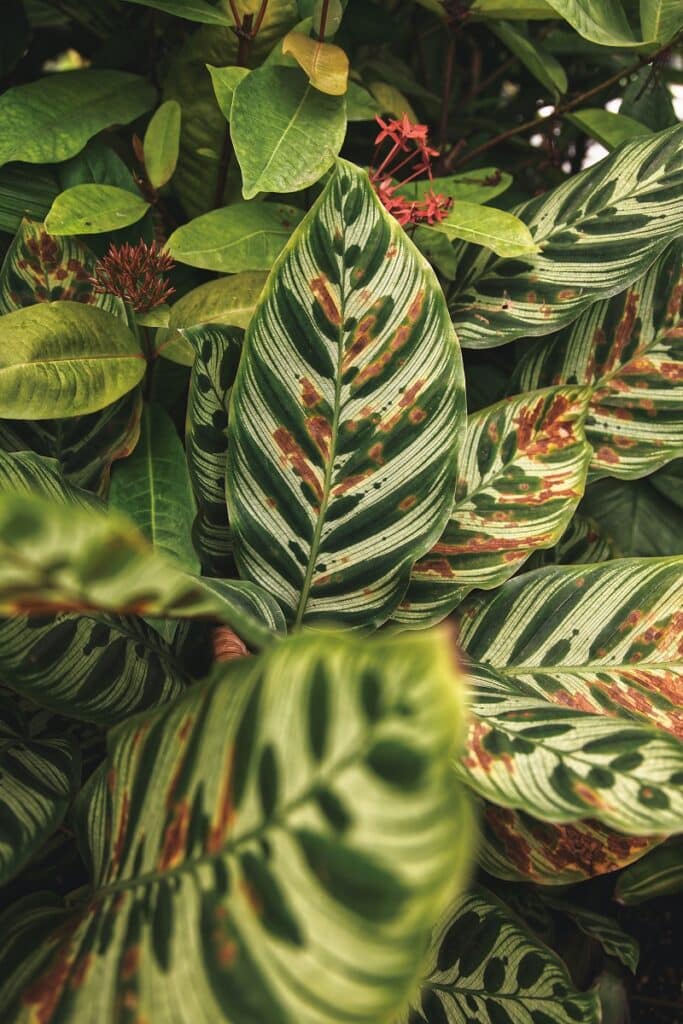
Understanding the Symptoms of Yellow Spots on Leaves
Initial signs of yellow spots
When it comes to identifying the symptoms of yellow and brown spots on leaves, it is important to look for any initial signs that may indicate a problem. These initial signs can vary depending on the underlying cause, but some common indicators include small yellow spots or discoloration on the leaves. These spots may start off small and gradually spread over time if left untreated.
Physical changes in leaves
As yellow spots progress, you may notice certain physical changes in the affected leaves. These changes can include wilting, curling, or browning of the leaves. Additionally, the affected areas may become brittle and easily break off from the plant. It is important to pay attention to these physical changes as they can help in determining the cause of the yellow spots and the appropriate treatment method.
Progression of symptom
The progression of yellow and brown spots on leaves can vary depending on the cause and the overall health of the plant. In some cases, the spots may spread rapidly, causing extensive damage to the leaves and potentially affecting the plant’s overall health and productivity. However, in other instances, the yellow spots may remain localized to a specific area or may even fade away on their own without causing significant harm. It is crucial to monitor the progression of the symptoms closely to intervene and provide necessary care accordingly.
Common Causes of Yellow Spots
Nutrient deficiency
One of the most common causes of yellow and brown spots on leaves is nutrient deficiency. Essential nutrients such as nitrogen, potassium, phosphorus, iron, and magnesium are crucial for proper plant growth and development. When these nutrients are lacking in the soil or not absorbed properly by the roots, it can lead to a deficiency, resulting in yellow spots on the leaves.

Pests and diseases
Another common cause of yellow spots on leaves is the presence of pests and diseases. Insect infestations, such as aphids, mites, or leafhoppers, can cause damage to the plant’s foliage, leading to yellow spots. Similarly, various fungal or bacterial diseases can also result in discoloration and yellowing of the leaves. It is essential to identify the specific pests or diseases affecting the plant to determine the appropriate treatment method.
Environmental stress
Environmental factors can also play a significant role in the development of yellow spots on leaves. Stressors such as extreme temperatures, improper watering practices, inadequate sunlight, or high humidity levels can cause physiological stress to the plant, resulting in leaf discoloration. Additionally, exposure to pollutants or toxic substances in the environment can also lead to the appearance of yellow spots on the leaves.
Nutrient Deficiency and Yellow Spots on Leaves
Significance of essential nutrients
Essential nutrients play a vital role in the overall health and development of plants. Nitrogen is essential for leaf and stem growth, while phosphorus is necessary for root development and flowering. Potassium helps with overall plant growth and disease resistance. Iron and magnesium are important for chlorophyll production, which gives leaves their green color. Any deficiency in these nutrients can cause yellow spots on leaves as a visible sign of nutrient imbalance.
Identifying nutrient deficiency
To identify a nutrient deficiency as the cause of yellow and brown spots on leaves, it is essential to understand the specific symptoms associated with each nutrient. For example, nitrogen deficiency may result in uniform yellowing of older leaves, while iron deficiency typically presents as yellow spots between leaf veins. By closely observing the plant’s overall appearance and the specific patterns of yellow spots, you can narrow down the potential nutrient deficiency.
How to counter nutrient deficiency
Counteracting nutrient deficiencies requires targeted solutions. Adding organic matter, such as compost or well-rotted manure, can help improve soil fertility and provide a slow release of nutrients. Alternatively, applying specific fertilizers containing the deficient nutrient can help address the deficiency more directly. It is important to follow the recommended application rates to avoid over-fertilization, which can also be damaging to the plant.
Pests and Diseases Leading to Yellow Spots
Common pests causing yellow spots
Various pests can cause yellow spots on leaves, each with its own distinctive patterns and signs. Aphids, for example, can suck the sap from the leaves, causing yellow spots and stunted growth. Spider mites can leave behind small yellowish spots, and leafhoppers can create speckled yellow patches on the leaves. Identifying the specific pest responsible for the yellow spots is crucial in determining the appropriate treatment method.

Diseases leading to yellow spots
Fungal and bacterial diseases can also result in yellow spots on leaves. Common diseases such as powdery mildew, leaf spot, or rust can cause discoloration, browning, or yellowing of the affected leaves. Oftentimes, these diseases thrive in damp or humid conditions, making it important to provide proper airflow and avoid overwatering. Prompt identification and treatment are essential to prevent the further spread of the disease.
Preventing pest attacks and diseases
Taking preventive measures is crucial in avoiding pest attacks and diseases that can lead to yellow and brown spots on leaves. Regularly inspecting plants for signs of pests or diseases can help catch the problem early on and minimize the damage. Implementing proper sanitation practices, such as cleaning gardening tools or removing infected plant debris, can also help prevent the spread of pests and diseases. Additionally, practicing crop rotation and using disease-resistant plant varieties can contribute to the overall prevention strategy.
Environmental Stress as a Cause of Yellow Spots
Effect of poor watering practices
Poor watering practices, such as overwatering or underwatering, can cause significant stress to plants and result in the appearance of yellow spots on leaves. Overwatering leads to waterlogged soil, which deprives the roots of oxygen and can cause root rot. Underwatering, on the other hand, can lead to drought stress and inadequate nutrient uptake. Maintaining a proper watering schedule and ensuring good drainage is essential in preventing environmental stress and subsequent leaf discoloration.
Impact of inadequate sunlight
Sunlight is crucial for photosynthesis, the process that provides energy for plant growth. Insufficient sunlight exposure can hinder photosynthesis and cause yellow spots on leaves. This is commonly observed in indoor plants placed in low-light areas or outdoor plants shaded by nearby structures or dense foliage. It is important to provide plants with adequate sunlight based on their specific light requirements to ensure healthy growth and vibrant foliage.
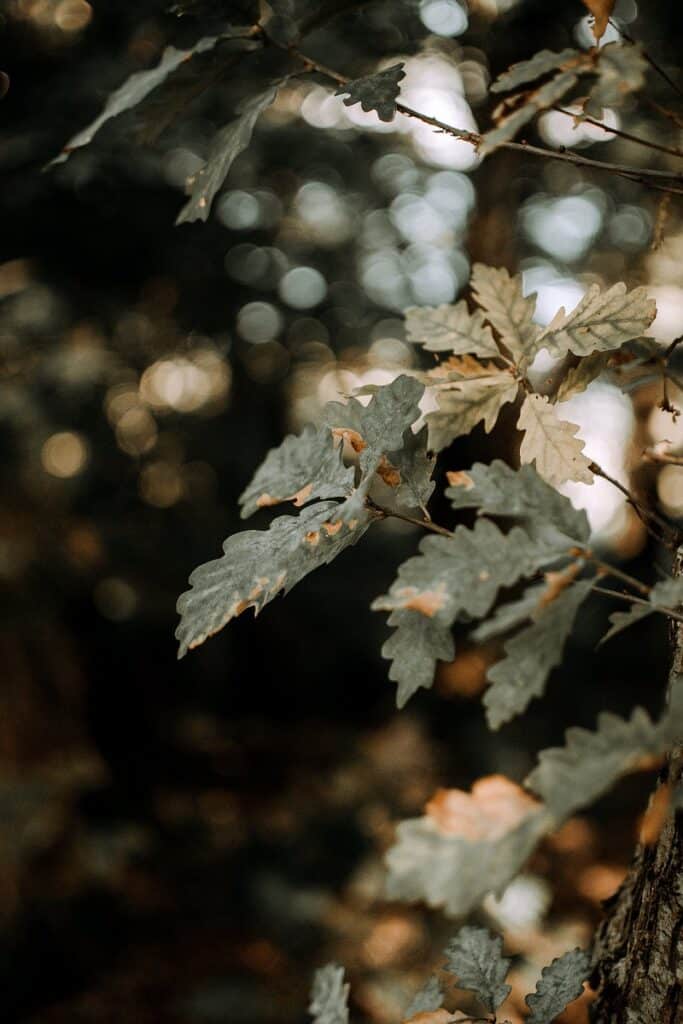
Understanding the role of temperature and humidity
Extreme temperatures or fluctuations in temperature can cause stress to plants, leading to yellow spots on leaves. High temperatures can increase evaporation and lead to drought stress, while low temperatures can inhibit nutrient uptake and slow down metabolic activities. Similarly, high humidity levels can create favorable conditions for fungal or bacterial diseases, resulting in leaf discoloration. Understanding the optimal temperature and humidity ranges for your plants can help mitigate environmental stress and prevent yellow spots.
Diagnosing Yellow Spots on Leaves
Visual examination
The first step in diagnosing yellow spots on leaves is through a visual examination. Take a close look at the affected plant, observing the patterns and characteristics of the yellow spots. Note the size, shape, and location of the spots, as well as any accompanying physical changes in the leaves. Comparing the symptoms with known plant diseases or nutrient deficiencies can help narrow down the potential causes.
Laboratory testing
If the visual examination does not provide a definitive diagnosis, laboratory testing can be conducted to identify the underlying cause of the yellow spots. This can involve sending leaf samples to a diagnostic laboratory for analysis. The laboratory tests can determine the presence of specific pathogens, nutrient deficiencies, or other factors that may be contributing to the yellow spots. Lab testing can provide more accurate and detailed information for targeted treatment and management.
Using diagnosis tools and apps
In addition to visual examination and laboratory testing, there are also various diagnosis tools and smartphone apps available to assist in identifying the causes of yellow spots on leaves. These tools often use image recognition technology and databases of plant diseases and nutrient deficiencies to provide instant diagnosis and recommended treatments. Utilizing these resources can be helpful, especially for amateur gardeners or those without access to professional testing facilities.
Effective Treatments for Yellow Spots on Leaves
Nutritional supplements and fertilizers
Treating yellow spots caused by nutrient deficiencies often involves providing the lacking nutrients to the plants. Applying nutritional supplements or specific fertilizers containing the deficient nutrients can help address the imbalance and promote healthy foliage. It is important to follow the recommended application rates and timing to avoid over-fertilization and potential damage to the plants. Regularly monitoring the plant’s nutrient levels and adjusting the treatment as necessary is essential for long-term success.
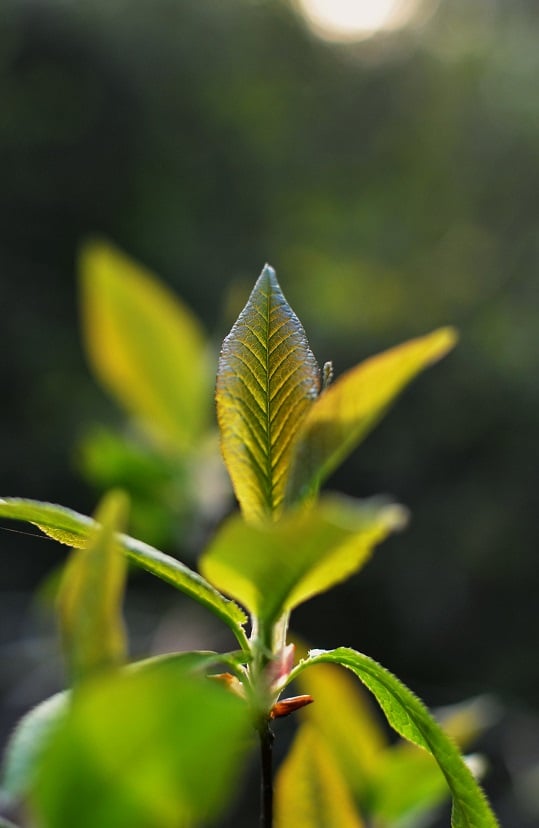
Using organic pesticides and fungicides
When yellow spots are caused by pests or diseases, using organic pesticides and fungicides can be an effective treatment method. These products are derived from natural sources and are less harmful to the environment and beneficial insects. Applying the appropriate pesticide or fungicide following the recommended instructions can help control the pests or diseases responsible for the yellow spots and prevent further damage to the plant.
Employing natural remedies
For those seeking a more natural approach, several home remedies and natural treatments can be used to address yellow spots on leaves. These include methods such as using neem oil, garlic spray, or vinegar solutions, which have insecticidal or antifungal properties. Additionally, improving overall plant health through proper watering, pruning, and enhancing soil fertility can also help reduce the incidence of yellow spots. It is important to research and test these natural remedies before application to ensure they are safe and effective for your specific plants and situation.
Preventive Measures for Yellow Spots
Best gardening practices
Implementing best gardening practices is key in preventing yellow spots on leaves. This includes maintaining proper soil fertility through regular soil testing and amending with organic matter as needed. Providing adequate water based on the plant’s requirements and ensuring proper drainage is crucial in preventing environmental stress. Regularly cleaning garden tools, practicing good sanitation, and removing diseased or pest-infested plant material can also help minimize the risk of yellow spots.
Regular health checks for plants
Regularly inspecting plants for signs of yellow spots or any other abnormalities is an important preventive measure. By regularly monitoring the plants’ overall health, it is easier to catch and address any issues early on. Be sure to check both the upper and lower surfaces of the leaves, as many pests and diseases prefer to hide on the undersides. Promptly removing any affected leaves or plants can help prevent the spread of pests or diseases to healthy plants.
Using pest and disease-resistant varieties
One effective way to prevent yellow spots caused by pests or diseases is to choose plant varieties that are naturally resistant or tolerant to common issues. Researching and selecting varieties that are known to have good resistance to specific pests or diseases prevalent in your region can greatly reduce the likelihood and severity of yellow spots. This, combined with other preventive measures, can help create a more resilient garden with higher chances of producing healthy and vibrant foliage.
Recovery Process for Plants with Yellow Spots
Period for recovery
The recovery process for plants with yellow spots largely depends on the underlying cause, the overall health of the plant, and the effectiveness of the treatment. In some cases, plants can recover within a few weeks with proper care and management. However, if the damage is severe or the underlying cause is not properly addressed, the recovery process may take longer or the plant may not fully recover. Patience and consistent care are crucial during the recovery period.
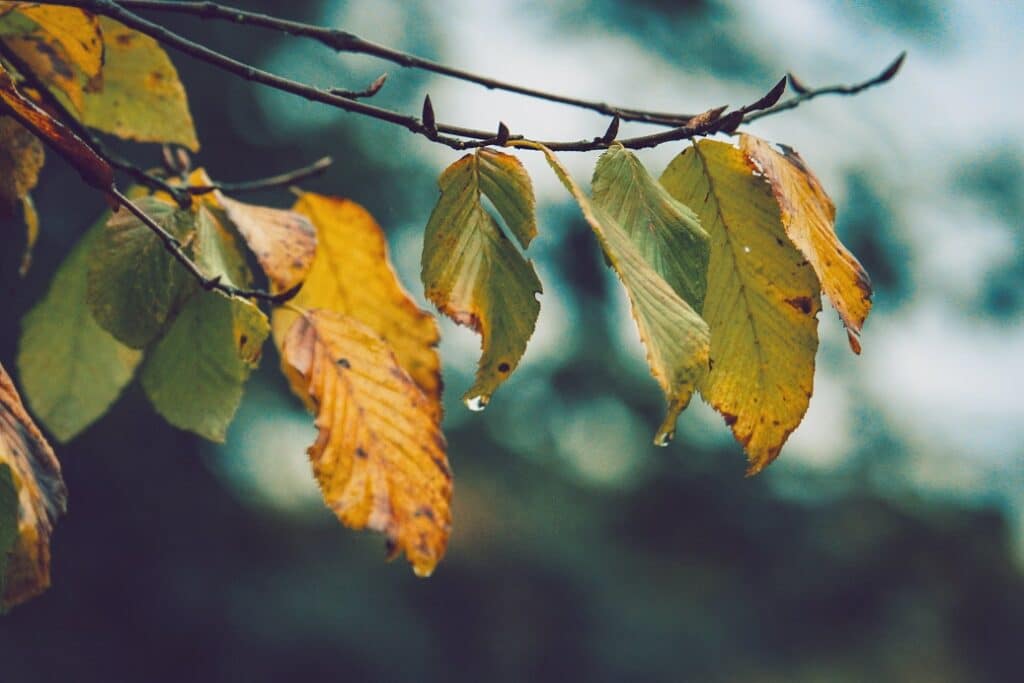
Signs of recovery
Signs of recovery in plants with yellow spots may include reduced or eliminated yellow and brown spots on leaves, improved overall appearance and growth, and the emergence of healthy new foliage. These signs may be gradual and may vary depending on the plant species and its growth rate. Regularly monitoring the plant’s progress and comparing it to its initial condition can help determine if recovery is occurring and if any further adjustments to the treatment plan are necessary.
Aftercare for recovering plants
Aftercare plays an important role in ensuring the successful recovery of plants with yellow spots. Continued monitoring, proper watering, and fertilization can help provide the necessary support for the plant as it regains its health and vigor. Maintaining good sanitation practices and taking preventive measures against pests and diseases will also help prevent a relapse and ensure long-term plant health. It is important to remain vigilant and responsive to any changes or new symptoms that may arise.
Impact of Yellow Spots on Plant Health and Production
Effect on photosynthesis
Yellow spots on leaves can significantly affect the process of photosynthesis in plants. As the chlorophyll content decreases due to nutrient deficiencies, pests, or diseases, the plant’s ability to convert sunlight into energy is compromised. This can hinder overall plant growth, reduce the production of carbohydrates, and result in weaker and less productive plants. Ensuring a healthy and intact leaf surface is vital for optimal photosynthesis and nutrient production.
Impact on plant growth and yield
Yellow spots on leaves can have a direct impact on plant growth and yield. When the leaves are compromised and unable to function effectively, the plant’s growth rate may slow down or become stunted. Additionally, the reduced energy production from photosynthesis can limit the plant’s ability to produce flowers and fruits, leading to lower yields. It is essential to address the underlying causes of yellow spots to minimize the negative impact on plant growth and productivity.
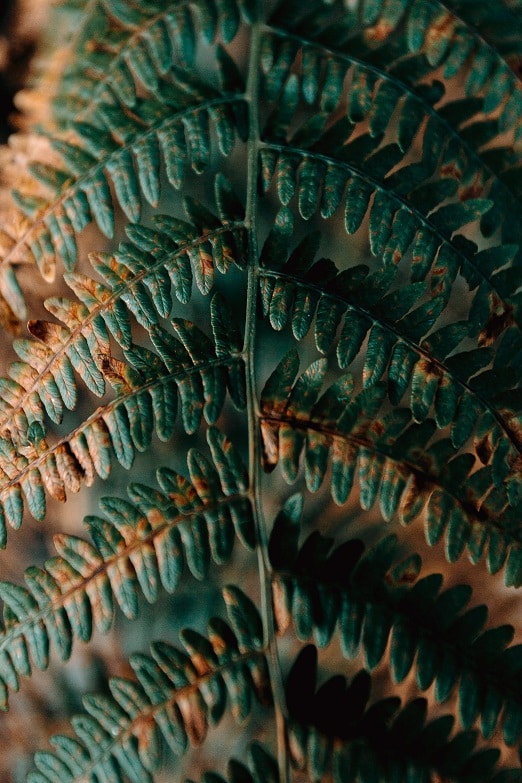
Preventing the spread to other plants
Addressing yellow spots promptly and effectively is key in preventing the spread to other plants. Pests or diseases causing yellow spots can easily transfer to nearby plants, especially if they are in close proximity or share the same growing conditions. Regular monitoring, implementing preventive measures, and using appropriate treatment methods will not only ensure the health of the affected plant but also help protect neighboring plants from potential infestation or infection.


